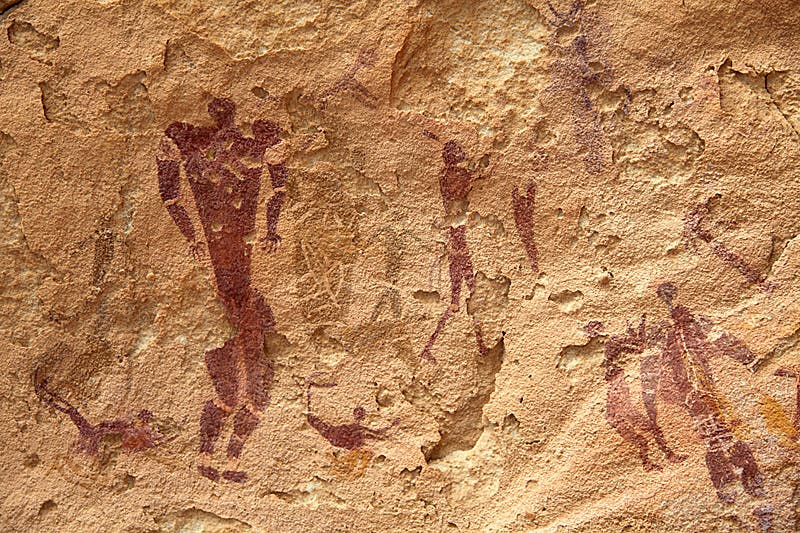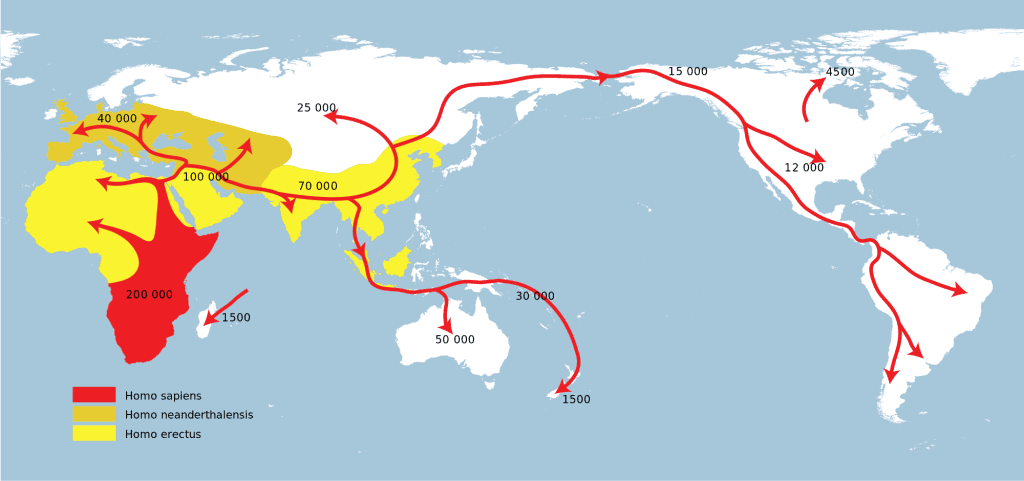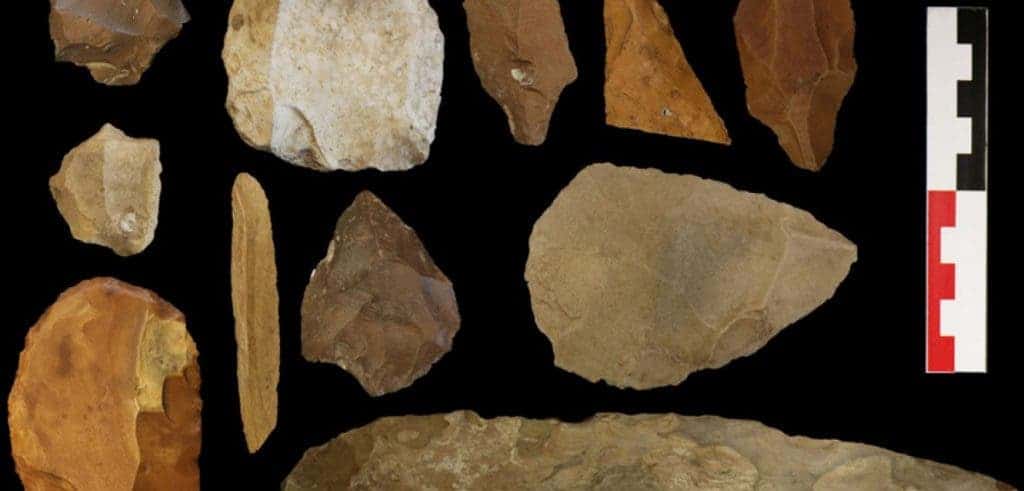Early modern human fossils are sparse, which makes pinpointing the timeline of Homo sapiens evolution rather unprecise judging from remains alone. Our genomes, however, carry telltale hints of genetic divergence which can be used to infer when an ancestral split occurred. Using the latest genetic sequencing techniques, researchers from Sweden and South Africa analyzed the genomes of ancient human remains from KwaZulu-Nata, southern Africa. They report a new deeper divergence timeline of up to 350,000 years for modern humans, far earlier than previously thought.
“This estimate increases the deepest divergence among modern humans, coinciding with anatomical developments of archaic humans into modern humans as represented in the local fossil record,” the authors reported in the journal Science.

Our species may be older than we used to think
The seven individuals lived in southern Africa 2,300 years to 300 years ago. Three of the oldest individuals, who lived 2,300-1,800 years ago, were genetically related to the descendants of the southern Khoe-San groups while the four others, who lived 500 to 300 years ago were related to present-day South African Bantu-speaking groups. This alone revealed something very important, suggesting a population replacement in southern Africa.
Based on the hunter-gatherer genomes, Carina Schlebusch and colleagues at Uppsala University, Sweden, have established the divergence among modern human humans to have occurred sometime between 350,000 to 260,000 years ago. This deeper split seems to coincide with the famous Florisbad and Hoedjiespunt sites where hominid remains were found. At Florisbad, an intact archaic Homo Sapiens cranium was dated to 259,000 years old. The skull was found along with Middle Stone Age tools. At Hoedjiespunt, scientists found 280,000-year-old teeth, skull fragments and a tibia shaft from a juvenile hominid attributed to Homo heidelbergensis.
Around the same time, the small-brained Homo naledi could also be found in southern Africa. Strikingly, this means that at least two or three Homo species were contemporaries in southern Africa during this period. There is no evidence of interactions between these groups but hopefully, more excavations will help to shed light.
The team also reported that all current-day Khoe-San populations admixed with migrant East African pastoralists about a thousand years ago. Other researchers could not fix this admixture event previously since they didn’t have ancient, un-admixed San group individuals to use as a reference. “The admixture percentages in the Khoekhoe, historically identified as pastoralists, are higher than previously estimated”, says Schlebusch.

The various admixtures and population replacements over the last two thousand years helped current populations become more resilient against the environment. For instance, genomes of the Iron Age individuals carried at least one Duffy null allele which protected them against malaria. Two such individuals also had at least one sleeping-sickness-resistance variant in the APOL1 gene. Stone Age individuals, on the other hand, did not carry these protective alleles.
“This tells us that Iron Age farmers carried these disease-resistance variants when they migrated to southern Africa”, says co-first author Helena Malmström, archaeo-geneticist at Uppsala University.
Where and when modern humans emerged is still debatable. For many years, anthropologists used to think humans evolved in one single corner of Africa from where they dispersed into Europe and Asia through the Middle East. More and more evidence, however, is starting to point towards a multiregional origin for anatomically modern humans in Africa.
“Homo sapiens did not originate in one place in Africa, but might have evolved from older forms in several places on the continent with gene flow between groups from different places”, says Carina Schlebusch.
Scientific reference: Carina M. Schlebusch, Helena Malmström, Torsten Günther, Per Sjödin, Alexandra Coutinho, Hanna Edlund, Arielle R. Munters, Mário Vicente, Maryna Steyn, Himla Soodyall, Marlize Lombard, Mattias Jakobsson. Southern African ancient genomes estimate modern human divergence to 350,000 to 260,000 years ago. Science, 28 Sep 2017 DOI: 10.1126/science.aao6266




